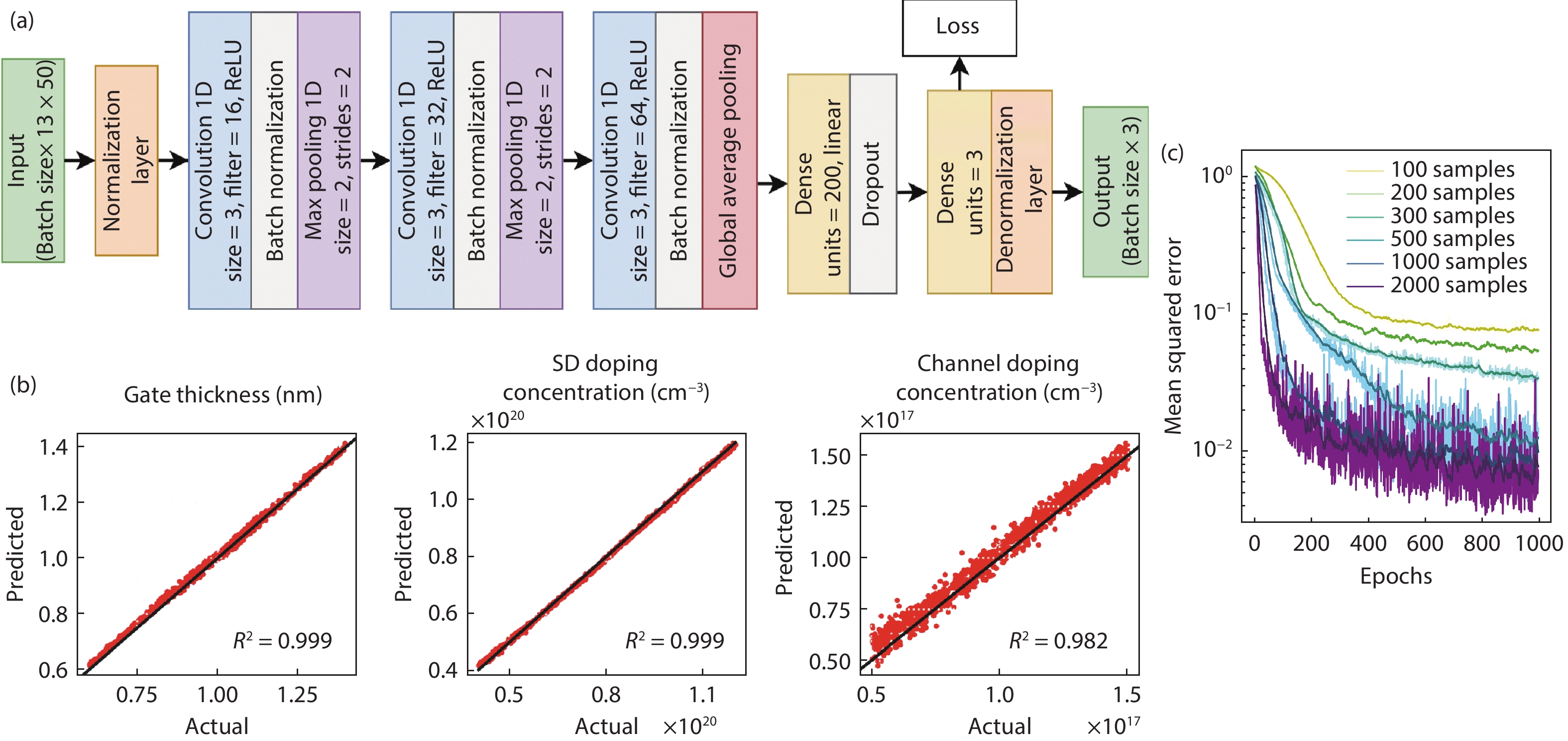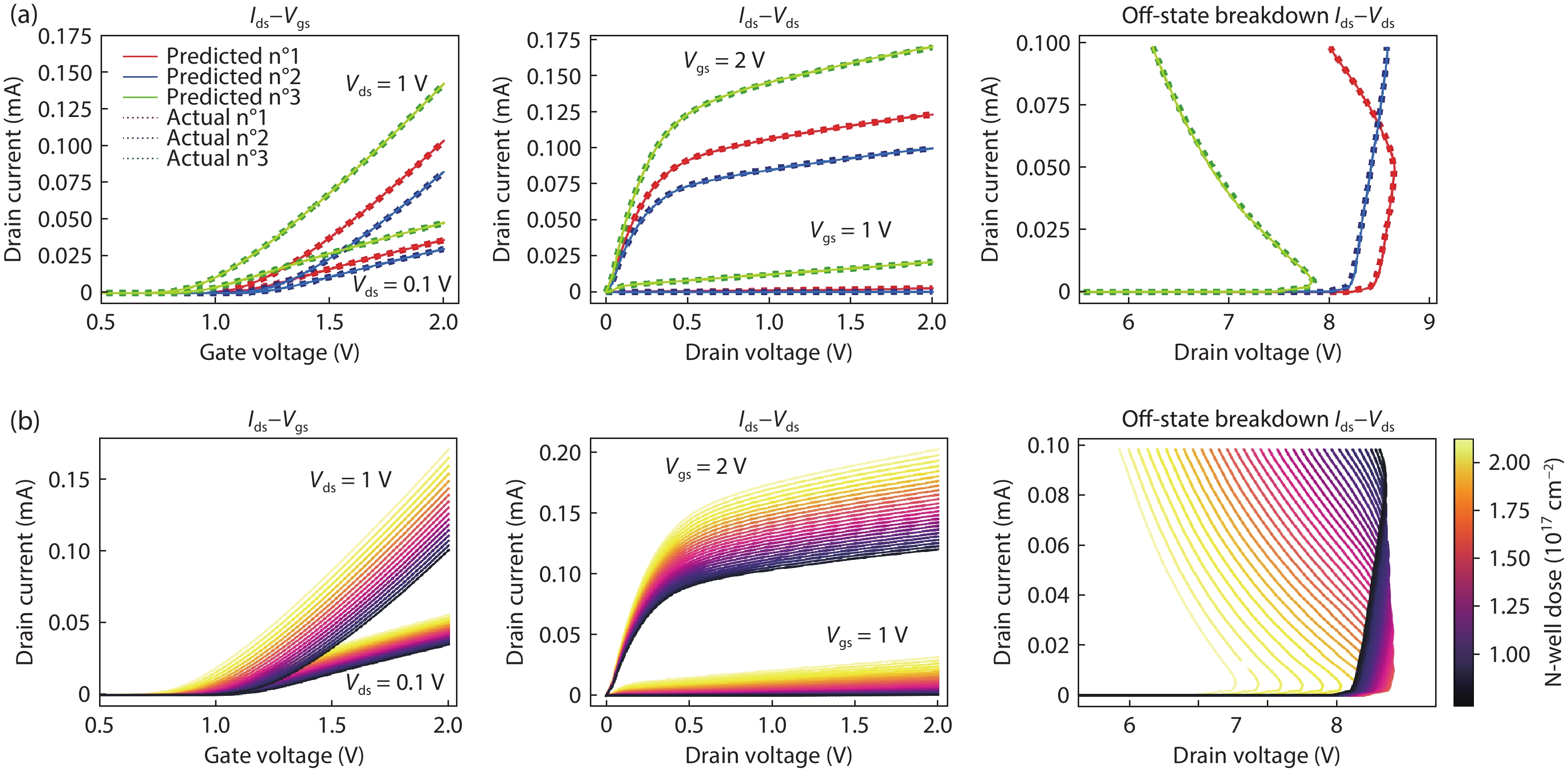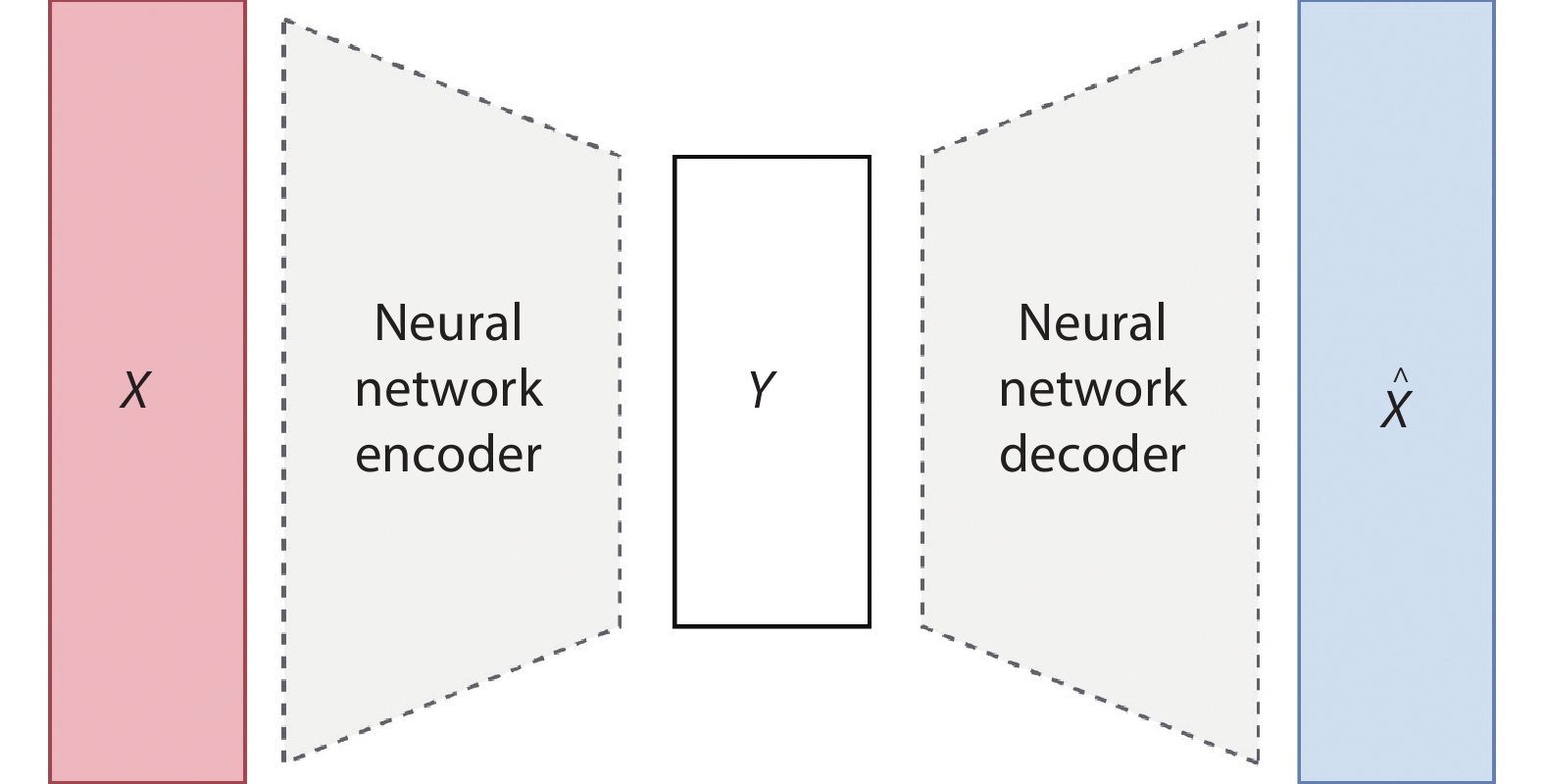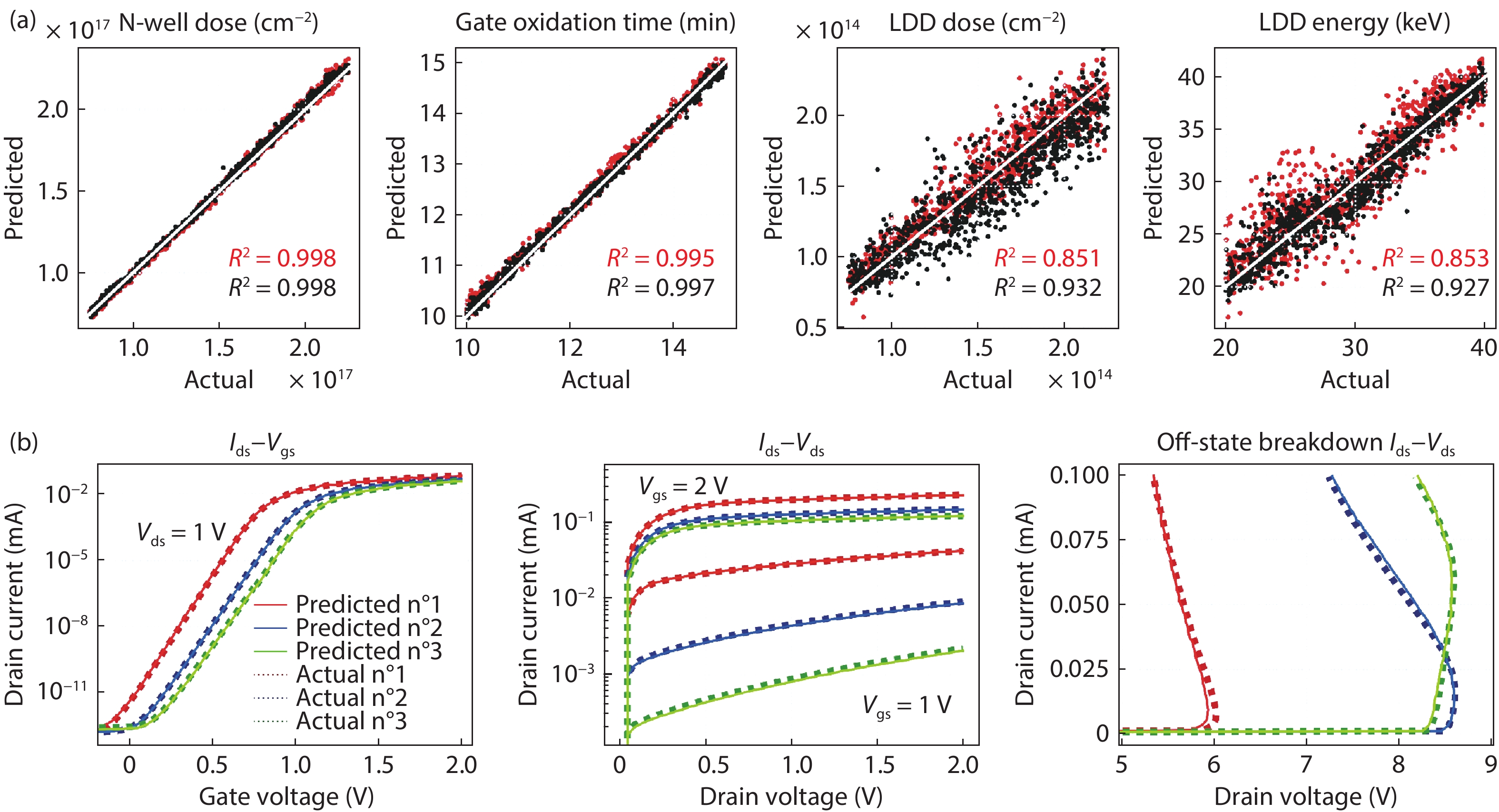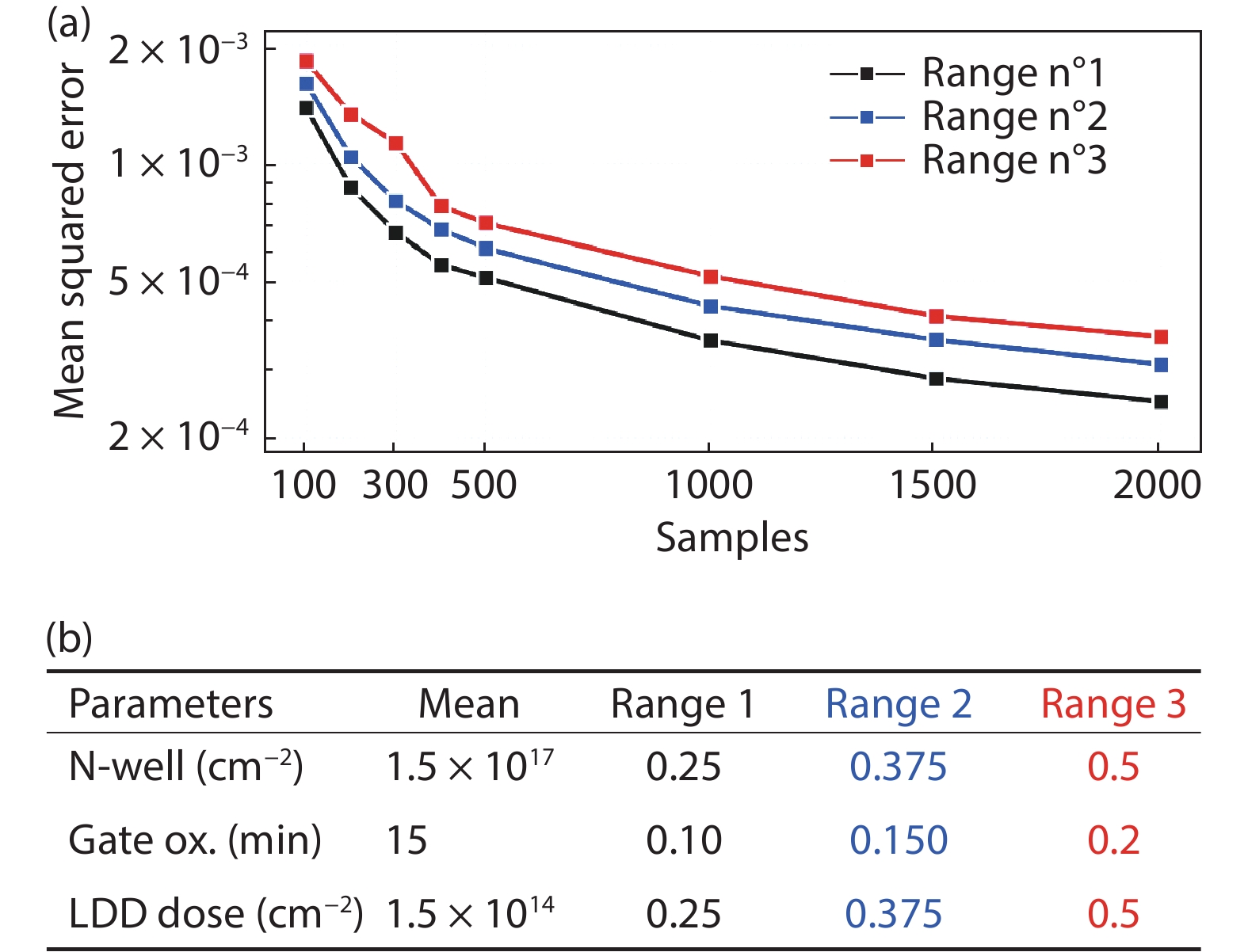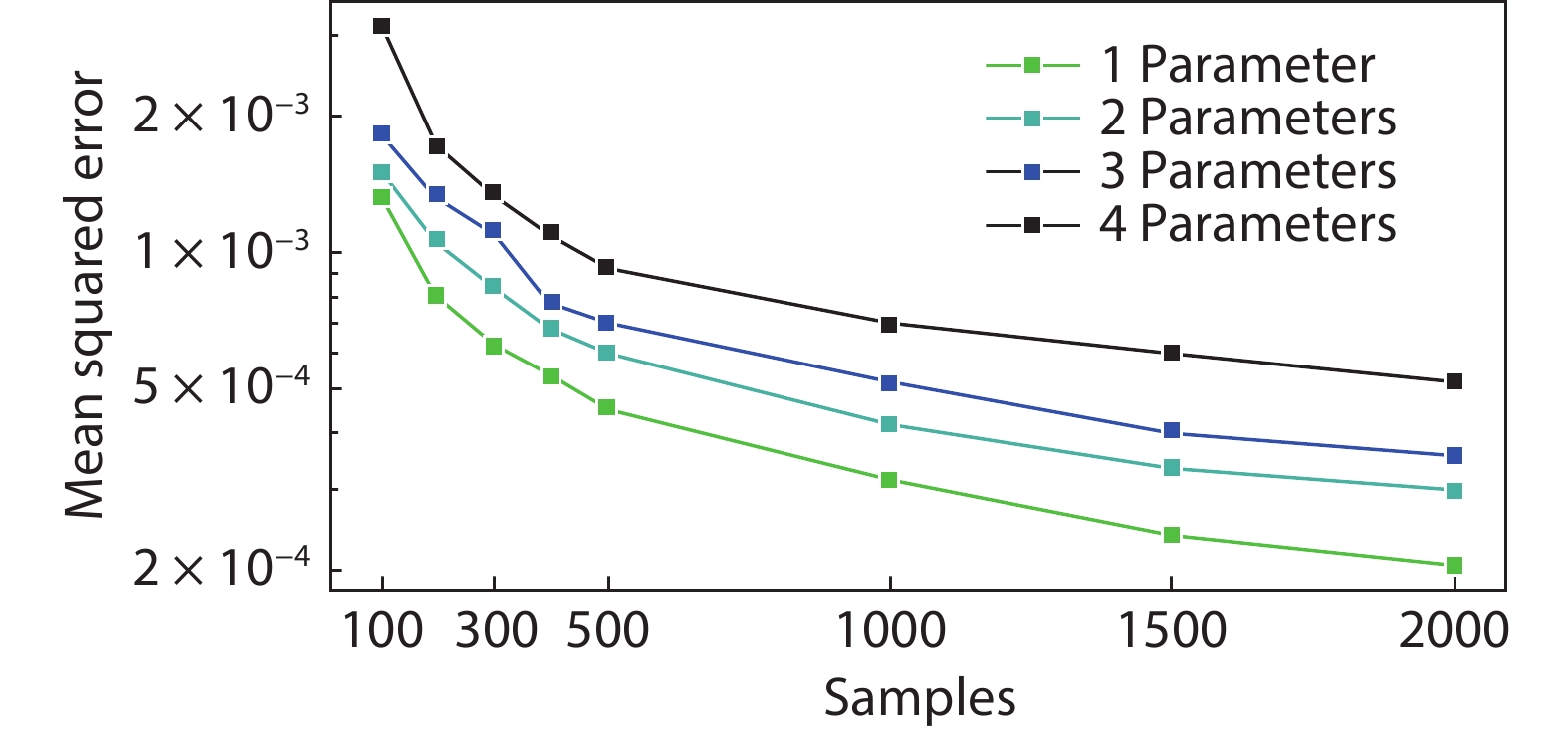| Citation: |
Thomas Hirtz, Steyn Huurman, He Tian, Yi Yang, Tian-Ling Ren. Framework for TCAD augmented machine learning on multi- I–V characteristics using convolutional neural network and multiprocessing[J]. Journal of Semiconductors, 2021, 42(12): 124101. doi: 10.1088/1674-4926/42/12/124101
****
T Hirtz, S Huurman, H Tian, Y Yang, T L Ren, Framework for TCAD augmented machine learning on multi- I–V characteristics using convolutional neural network and multiprocessing[J]. J. Semicond., 2021, 42(12): 124101. doi: 10.1088/1674-4926/42/12/124101.
|
Framework for TCAD augmented machine learning on multi- I–V characteristics using convolutional neural network and multiprocessing
DOI: 10.1088/1674-4926/42/12/124101
More Information
-
Abstract
In a world where data is increasingly important for making breakthroughs, microelectronics is a field where data is sparse and hard to acquire. Only a few entities have the infrastructure that is required to automate the fabrication and testing of semiconductor devices. This infrastructure is crucial for generating sufficient data for the use of new information technologies. This situation generates a cleavage between most of the researchers and the industry. To address this issue, this paper will introduce a widely applicable approach for creating custom datasets using simulation tools and parallel computing. The multi-I–V curves that we obtained were processed simultaneously using convolutional neural networks, which gave us the ability to predict a full set of device characteristics with a single inference. We prove the potential of this approach through two concrete examples of useful deep learning models that were trained using the generated data. We believe that this work can act as a bridge between the state-of-the-art of data-driven methods and more classical semiconductor research, such as device engineering, yield engineering or process monitoring. Moreover, this research gives the opportunity to anybody to start experimenting with deep neural networks and machine learning in the field of microelectronics, without the need for expensive experimentation infrastructure.-
Keywords:
- machine learning,
- neural networks,
- semiconductor devices,
- simulation
-
References
[1] Bankapalli Y S, Wong H Y. TCAD augmented machine learning for semiconductor device failure troubleshooting and reverse engineering. 2019 International Conference on Simulation of Semiconductor Processes and Devices (SISPAD), 2019, 1[2] Carrillo-Nuñez H, Dimitrova N, Asenov A, et al. Machine learning approach for predicting the effect of statistical variability in Si junctionless nanowire transistors. IEEE Electron Device Lett, 2019, 40, 1366 doi: 10.1109/LED.2019.2931839[3] Teo C W, Low K L, Narang V, et al. TCAD-enabled machine learning defect prediction to accelerate advanced semiconductor device failure analysis. 2019 International Conference on Simulation of Semiconductor Processes and Devices (SISPAD), 2019, 1[4] Wong H Y, Xiao M, Wang B Y, et al. TCAD-machine learning framework for device variation and operating temperature analysis with experimental demonstration. IEEE J Electron Devices Soc, 2020, 8, 992 doi: 10.1109/JEDS.2020.3024669[5] Lei Y, Huo X, Yan B P. Deep neural network for device modeling. 2018 IEEE 2nd Electron Devices Technology and Manufacturing Conference (EDTM), 2018, 154[6] Hammouda H B, Mhiri M, Gafsi Z, et al. Neural-based models of semiconductor devices for SPICE simulator. Am J Appl Sci, 2008, 5, 385 doi: 10.3844/ajassp.2008.385.391[7] Wu Y C, Jhan Y R. 3D TCAD simulation for CMOS nanoeletronic devices. Singapore: Springer Singapore, 2018[8] Aurenhammer F. Voronoi diagrams—a survey of a fundamental geometric data structure. ACM Comput Surv, 1991, 23, 345 doi: 10.1145/116873.116880[9] Amdahl G M. Validity of the single processor approach to achieving large scale computing capabilities. Spring Joint Computer Conference on - AFIPS '67, 1967, 483[10] Lecun Y, Bottou L, Bengio Y, et al. Gradient-based learning applied to document recognition. Proc IEEE, 1998, 86, 2278 doi: 10.1109/5.726791[11] Yu F, Koltun V. Multi-scale context aggregation by dilated convolutions. arXiv preprint arXiv: 1511.07122, 2015[12] Srivastava N, Hinton G, Krizhevsky A, et al. Dropout: A simple way to prevent neural networks from overfitting. J Mach Learn Res, 2014, 15, 1929[13] Ioffe S, Szegedy C. Batch normalization: Accelerating deep network training by reducing internal covariate shift. arXiv preprint arXiv: 1502.03167, 2015[14] Ng A Y. Feature selection, L1 vs. L2 regularization, and rotational invariance. Twenty-First International Conference on Machine Learning - ICML '04, 2004, 78[15] Rumelhart D E, Hinton G E, Williams R J. Learning internal representations by error propagation. Cambridge, MA, USA: MIT Press, 1986, 318[16] Hinton G E, Salakhutdinov R R. Reducing the dimensionality of data with neural networks. Science, 2006, 313, 504 doi: 10.1126/science.1127647[17] Vincent P, Larochelle H, Bengio Y, et al. Extracting and composing robust features with denoising autoencoders. Proceedings of the 25th International Conference on Machine Learning - ICML '08, 2008, 1096[18] Fujimoto S, van Hoof H, Meger D. Addressing function approximation error in actor-critic methods. Proceedings of the 35th International Conference on Machine Learning, 2018, 1587[19] Mnih V, Badia A P, Mirza M, et al. Asynchronous methods for deep reinforcement learning. International Conference on Machine Learning, 2016, 1928[20] Haarnoja T, Zhou A, Hartikainen K, et al. Soft actor-critic algorithms and applications. arXiv preprint arXiv: 1812.05905, 2018[21] Schulman J, Levine S, Moritz P, et al. Trust region policy optimization. arXiv preprint arxiv: 1502.05477, 2015[22] Schulman J, Wolski F, Dhariwal P, et al. Proximal policy optimization algorithms. arXiv preprint arXiv:1707.06347, 2017[23] Kingma D P, Welling M. Auto-encoding variational bayes. arXiv preprint arXiv: 1312.6114, 2014[24] Goodfellow I, Pouget-Abadie J, Mirza M, et al. Generative adversarial networks. Commun ACM, 2020, 63, 139 doi: 10.1145/3422622 -
Proportional views






 DownLoad:
DownLoad:

